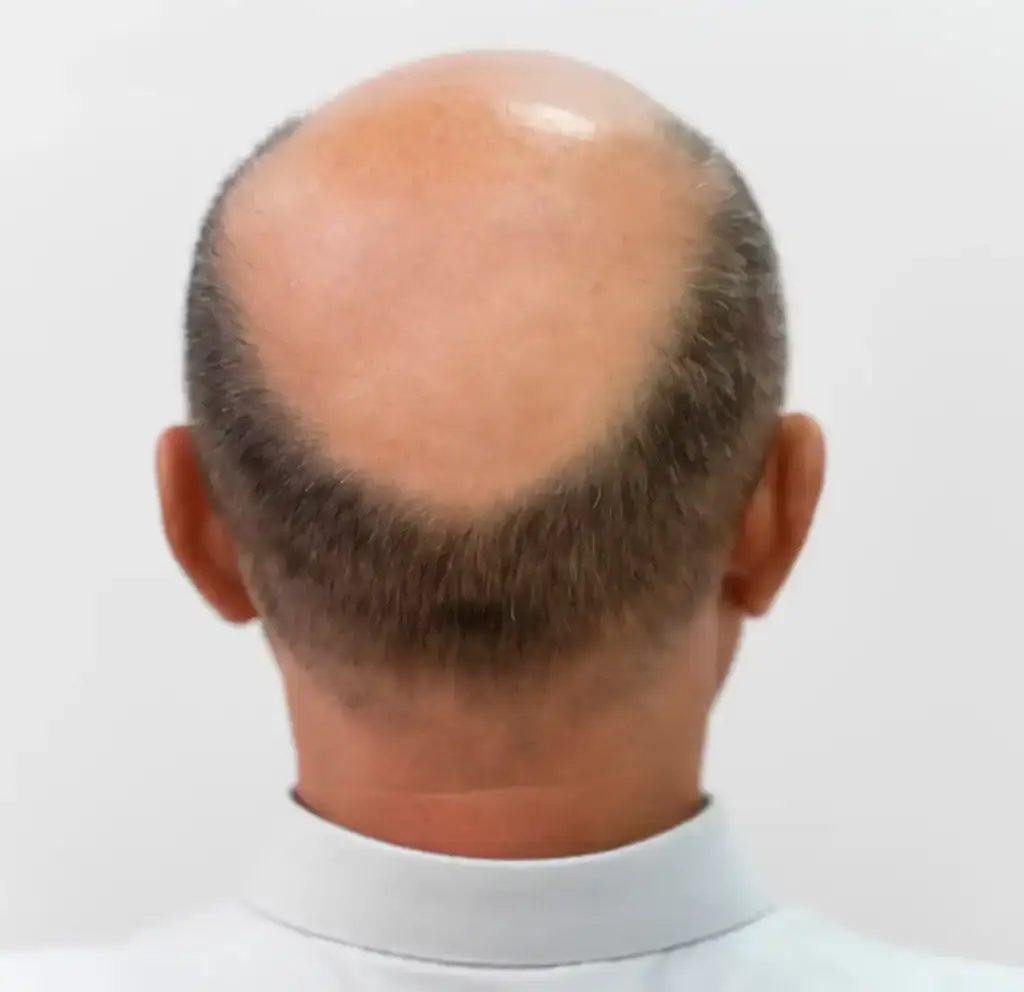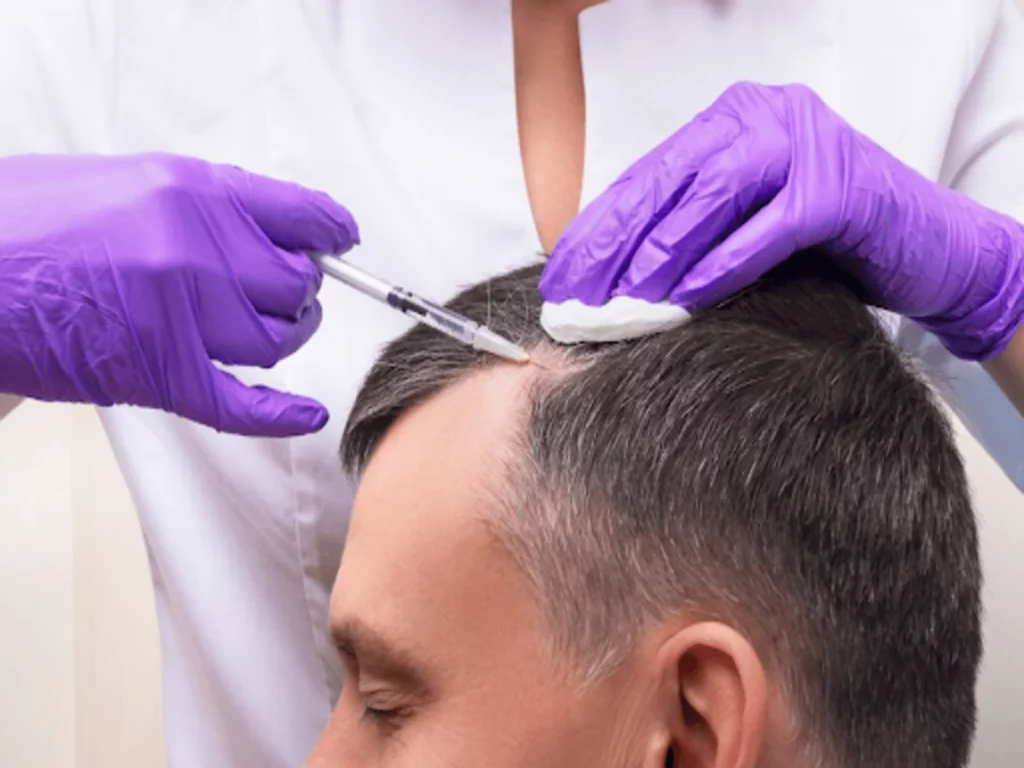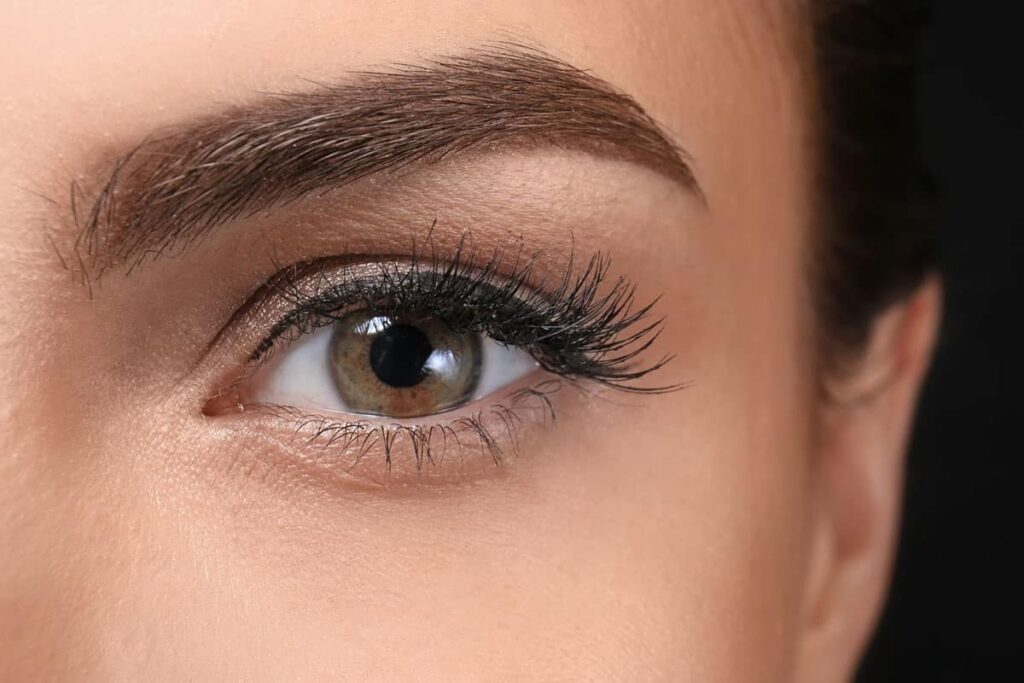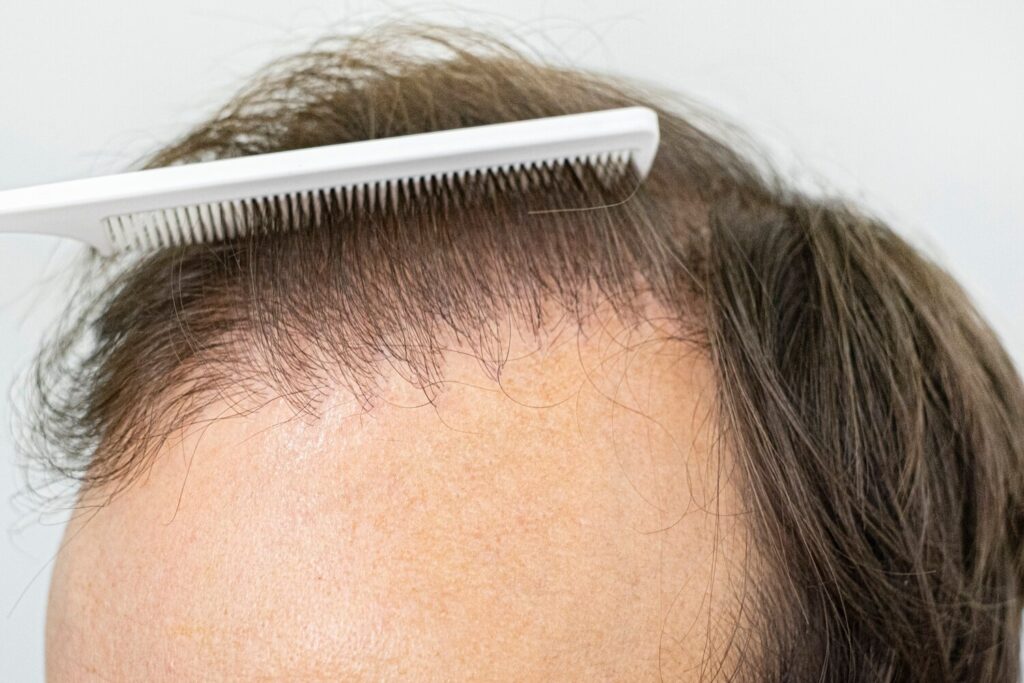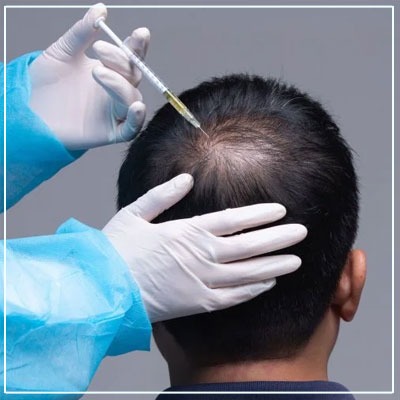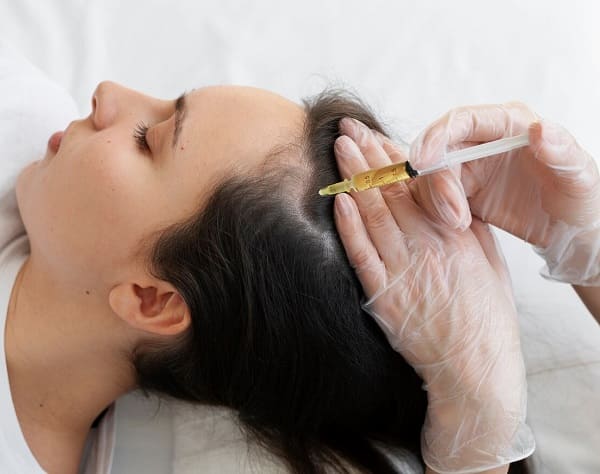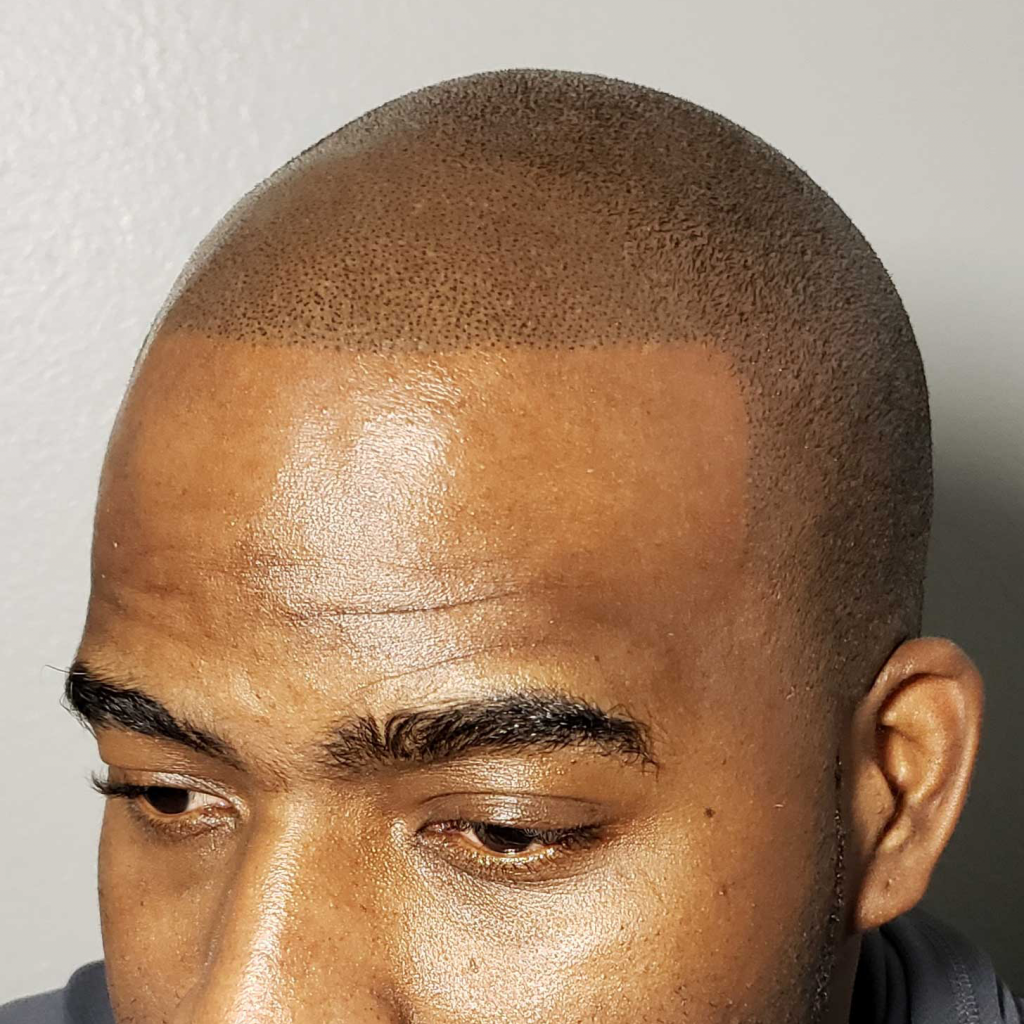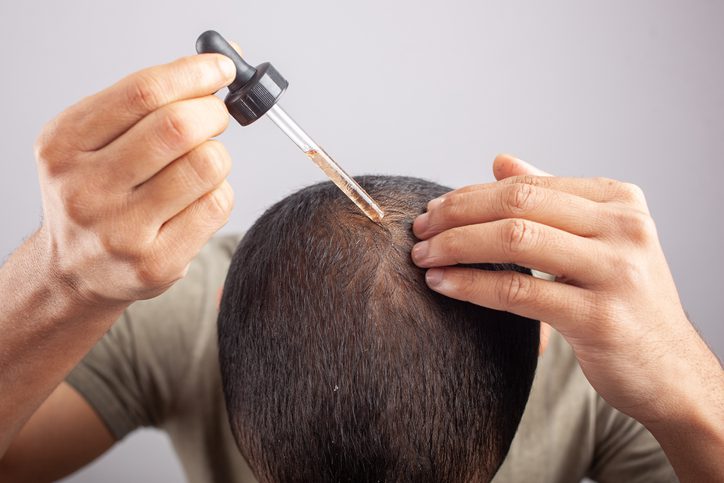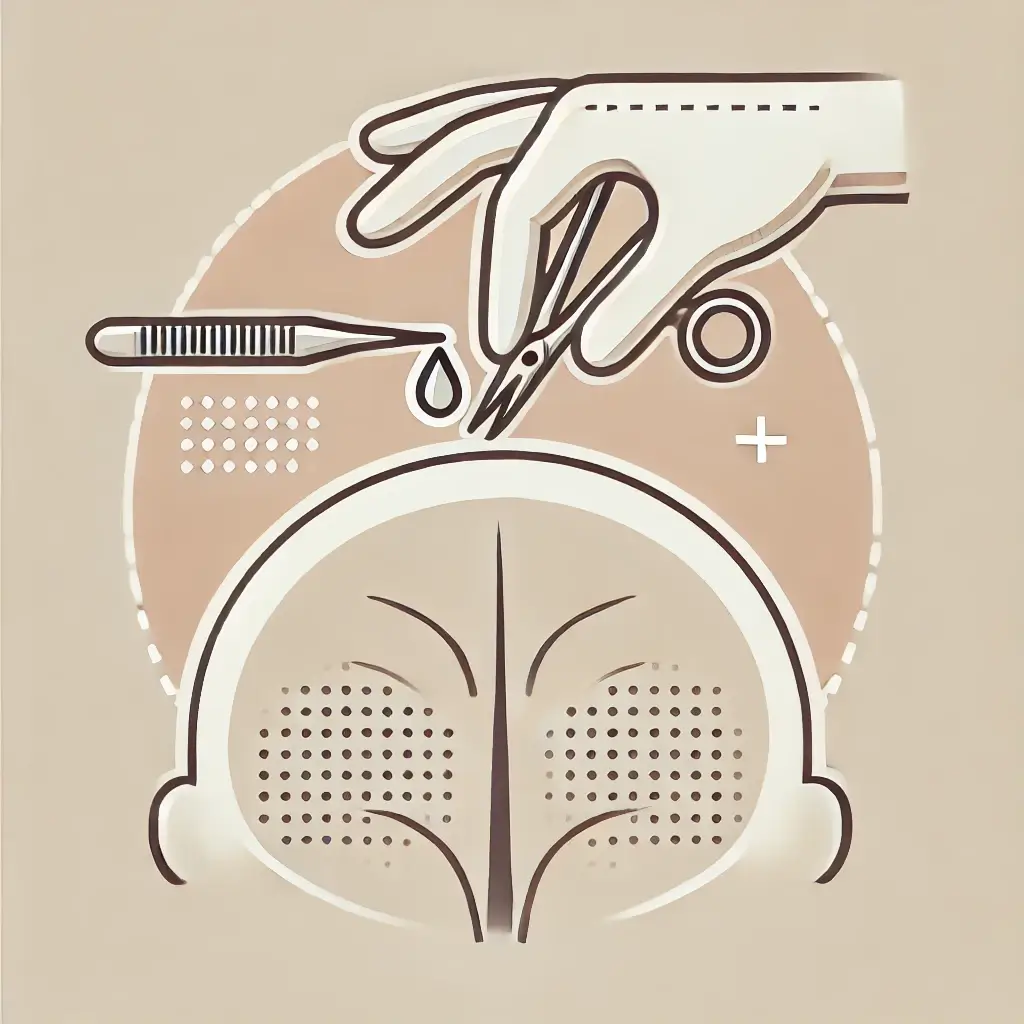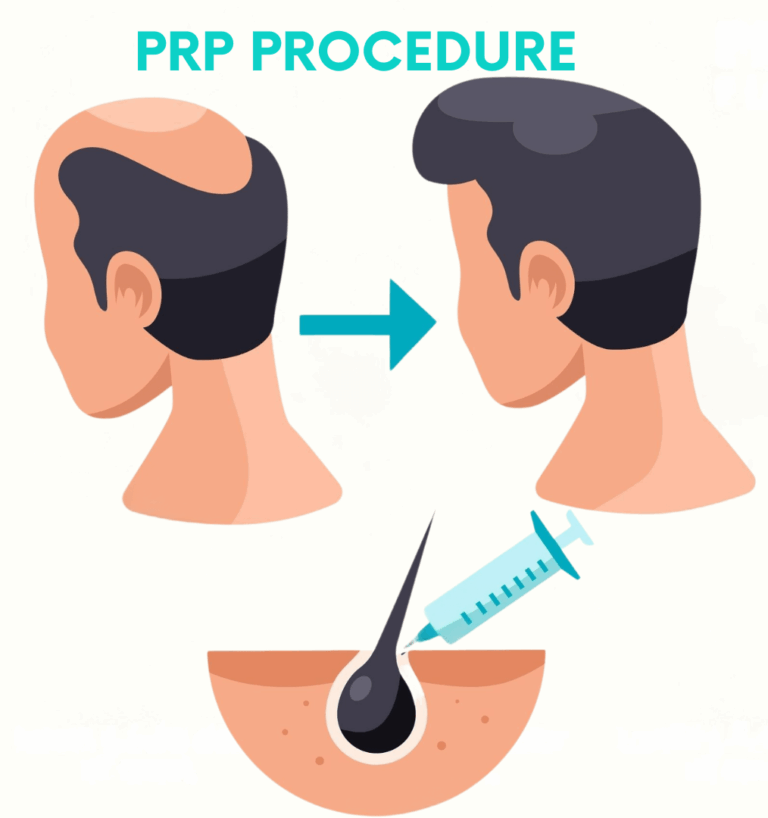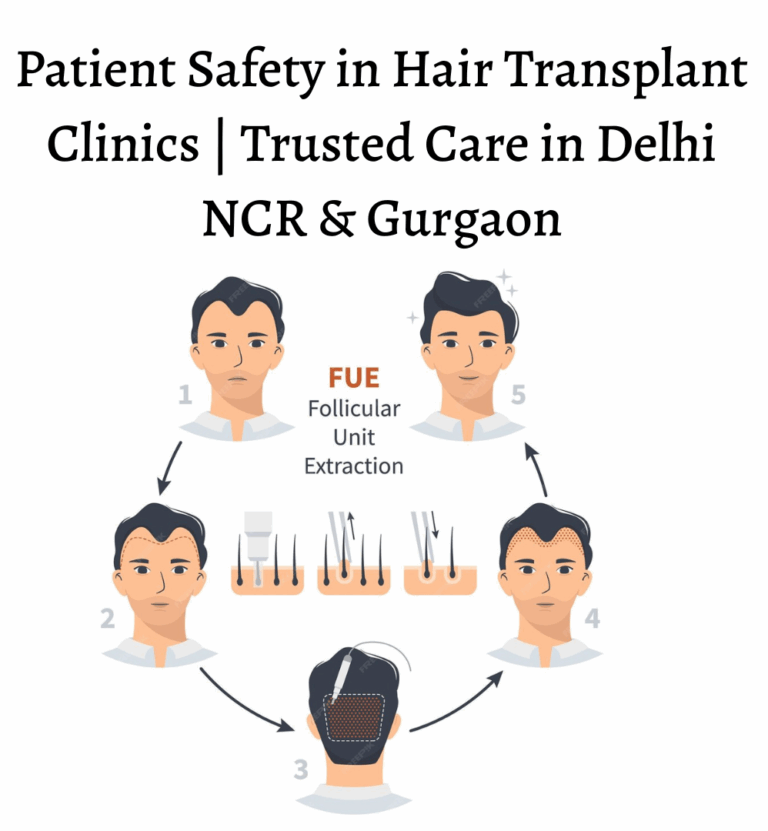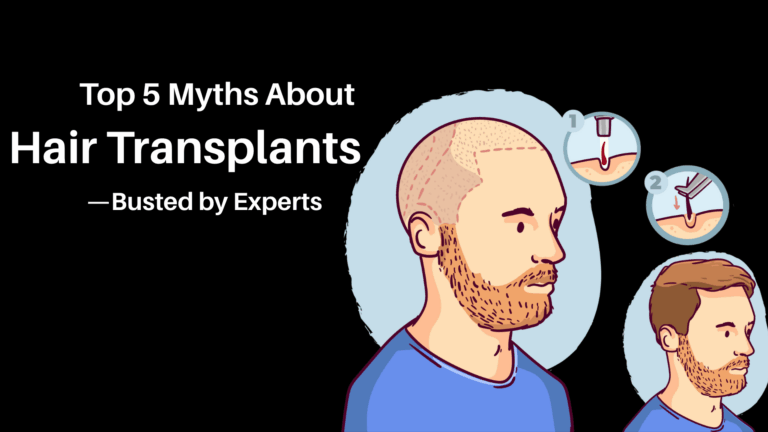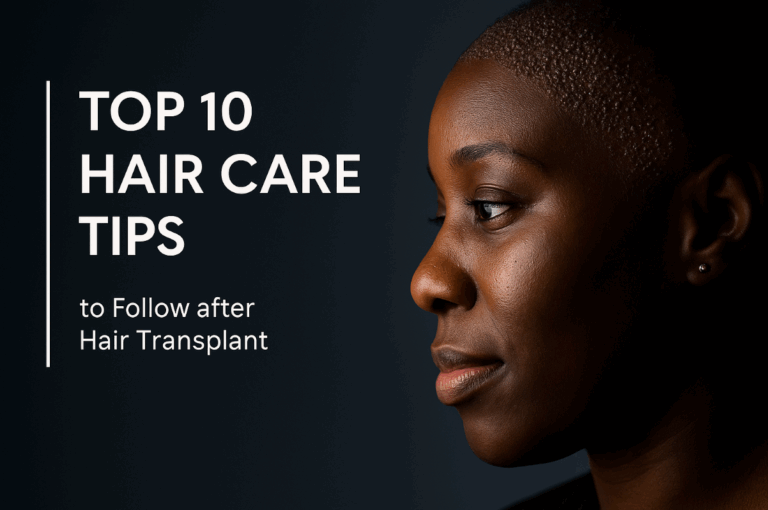Hair transplantation has evolved into a very sophisticated and multi-dimensional speciality. Modern concepts have changed the cosmetic surgery landscape. At the very core of this revolution is the process of hair extraction, which remains the most critical step in defining the success and the final outcome of naturalness. It would be relevant to discuss the detailed aspects of hair extraction and its implications on the hair transplant experience as a whole.
What is a Hair Transplant?
Hair transplant is a surgical technique in which a surgeon takes hair follicles from a donor site (typically the back or sides of the head) where the hair is healthy and implants them into the balding or thinning areas of the scalp. This process can also be used to restore hair in other areas, such as eyebrows, eyelashes, and even the beard.
The Basics: Hair Extraction
Hair extraction is the first phase of hair transplant surgery and generally involves harvesting hair follicles from one area of the patient’s scalp. The area from where hair follicles are usually taken is from the back or sides of the head because this part has strong and healthy hair. These removed follicles are then implanted in thin or bald areas to grow new hair. In hair extraction, one of the most dominating techniques is motorised extraction.
Motorised Extraction: Minimally Invasive
Motorised technique ensures quick recovery and minimal scarring while allowing for precise extraction of healthy, intact follicles
One of the significant advantages of extraction is the ability to select donor hairs from various areas of the body. This flexibility is particularly beneficial when dealing with limited donor hair availability or compromised donor areas, as it expands the options for obtaining healthy follicles for transplantation.
The Science Behind Successful Extraction
Various scientific concepts form the foundation for hair extraction. First, there is the integrity of the follicle. Hair follicles are sensitive organs, and their survival and success mean the success of the transplant. The mechanism of extraction involves the careful retrieval of the follicle to avoid tissue trauma that may cause damage to the area surrounding the follicle. A good technique will mean that the follicles shall remain viable and set shop in their new home.
Another critical factor is donor hair density and quality. Successful extraction is not only about pulling out follicles without damage but also about selecting follicles that have the best growth potential. This, therefore, requires an all-round understanding of hair anatomy and growth patterns, which can greatly affect the final aesthetic result.
The Role of Extraction in Aesthetic Results
The main goal of hair transplantation surgery is to provide a natural outcome so that the result can be merged with the existing hair of the patient. Hair extraction bears importance in this respect. The placement of the extracted follicles has to be strategic to emulate the pattern of natural hair growth for it to look realistic.
Accurately done extraction would mean retention of the donor area’s natural density without any trace of obvious thinning or patchiness. Moreover, naturalness would ensue from the orientation and angle of follicle transplantation, a factor that further adds to the reasons for great caution when extracting and placing techniques are concerned.
The Bottom Line
Without question, hair extraction will always be predominant because it is symbolic of the bridge between the use of modern technology and timeless aesthetic principles that ultimately ensure a successful hair transplant outcome.
Ready to take the next step? Book your confidential consultation with our experts at Evolved Hair India and find out if a hair transplant in Gurgaon is the right way for you.
